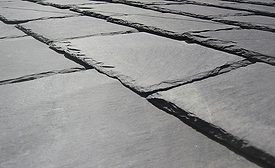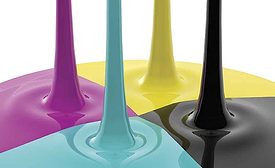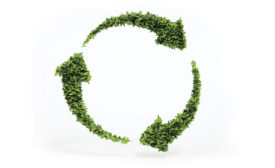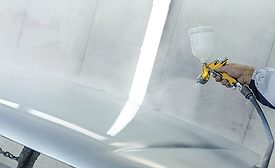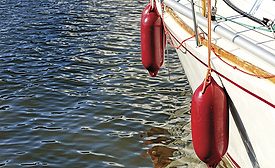Paint and Coating Resins & Polymers
Upcycling from Water Bottles to Protective Coatings
A New Approach with New Performance – Part I
November 1, 2015
Let There be (Day) Light
Novel Hybrid Meets Demand for UV Protection and Chemical Resistance in Low-VOC Coatings for Institutional Interiors
September 1, 2015
Keep the info flowing with our eNewsletters!
Get the latest industry updates tailored your way.
JOIN TODAY!Copyright ©2024. All Rights Reserved BNP Media.
Design, CMS, Hosting & Web Development :: ePublishing

